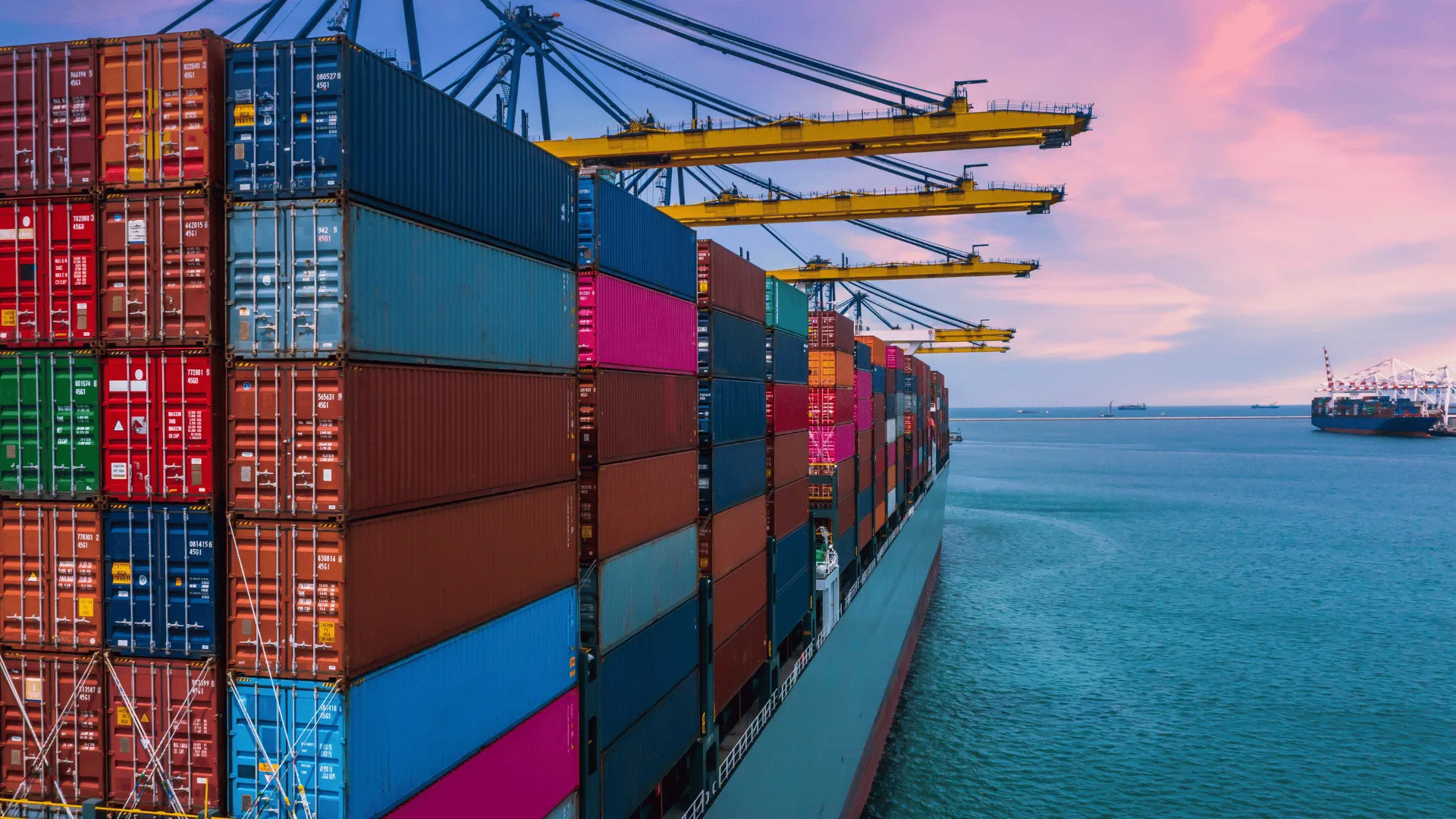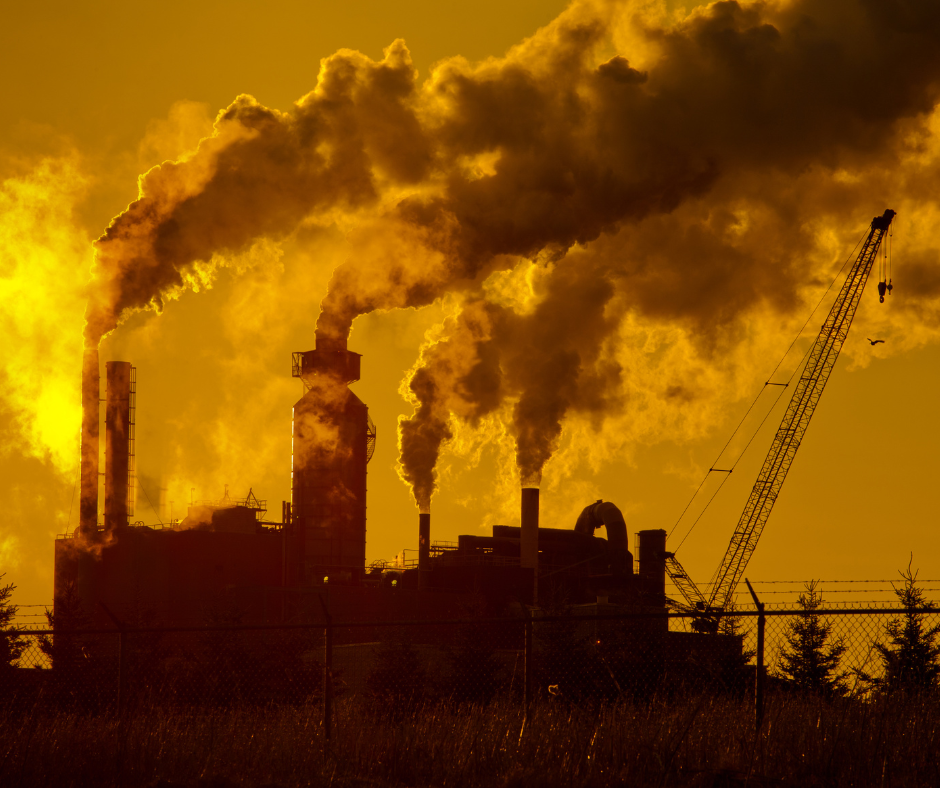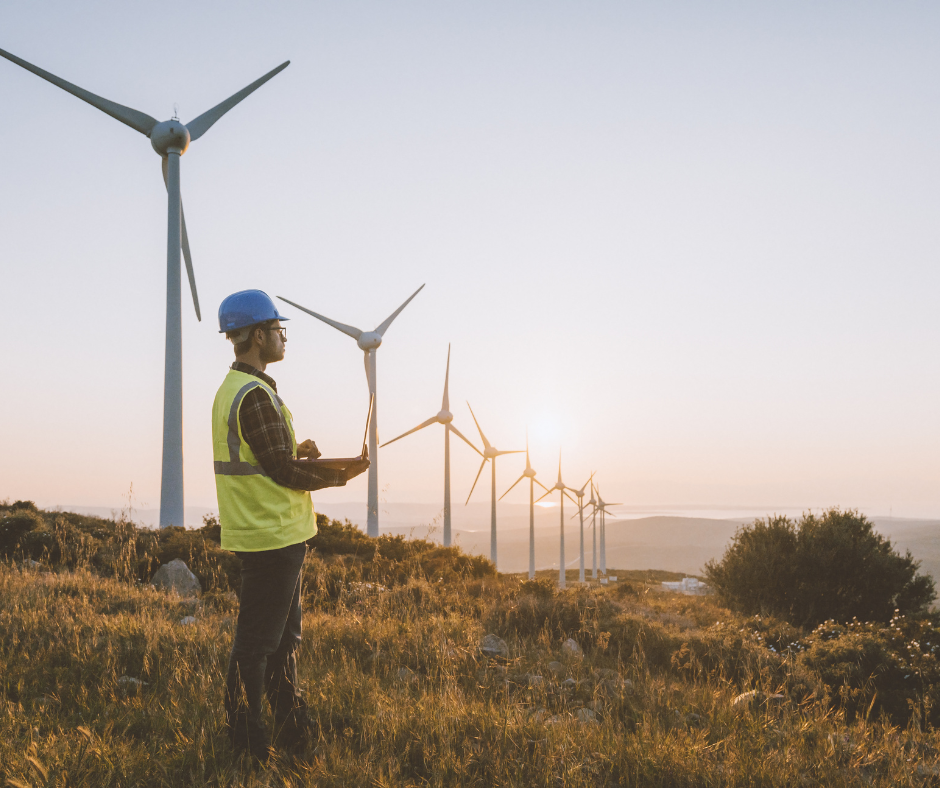In comparison to the COP26 (Conference of the Parties 26) which occurred with great media attention and pageantry, partly due to the delay due to Covid-19 and partly due to the significance of the promises being made by countries. COP27 kicked off yesterday, 6th November, the 12-day event has received little to none of the media fanfare that was seen in the conference last year.
Our staunchly anti-target ex-Prime-Minister Scott Morrison even attended COP26 (sponsored by Santos!) but to show the stark comparison, our new Prime-Minister Anthony Albanese, who is a big supporter of Climate Targets and moving towards renewables, has opted not to attend the COP27 in Egypt, instead sending Chris Bowen and Jenny McAllister (our Minister and Assistant Minister for Energy) in his place. As we were not announcing any new targets and therefore the importance to attend wasn’t as strong.
Yet we aren’t the only ones shying away, Joe Biden is going to forego his annual nap at the COP conference and is instead sending four Cabinet Officials – sighting the mid-term election as reasoning (as if we don’t all expect a massive flop in those and the GOP to take back the house!). Rishi Sunak, the newest UK Prime-Minister, was not going to attend, yet after significant pressure did a dramatic U-Turn at the end of last week and will be there in Egypt this week. It is no surprise that Vladimir Putin won’t be in attendance, yet the biggest surprise came from China, with Xi Jinping also pulling out and sending a negotiator to participate, the equivalent of sending a toy poodle as they will block everything and agree to nothing.
Yet this conference should certainly have more clout. It is thirty (30) years since the UN Framework on Climate Change was adopted and the first meeting in Berlin took place, and seven years since the massive commitments made in the Paris Agreement.
But does the lack of attention and attendance show that the support is waning? Maybe not long term, but with many countries in dire economic circumstances, Germany and others in Europe throwing out their climate targets around Coal generation, in favour of keeping the lights on, and prices as low as possible in an ever climbing and squeezed market and massive debt and austerity to come from an overspend during COVID, required to ensure their economies didn’t collapse. Standing up and agreeing to tighter emissions targets and the cost implications of this would not play well at the polls, and although a politician may have great ambition for Climate Change they have more ambition for Political safety and longevity.
Last year, at the COP26, world leaders agreed to “revisit and strengthen” their national climate targets annually, if possible, with what seemed like a consensus to produce significant commitments to target Climate Change. They agreed to look at and strengthen their targets every 12 months (previously five years as per the original Paris Agreement) and this was done to try and hold global warming below 1.5 degrees Celsius.
Yet heading into this COP27 only 21 countries have submitted updated climate commitments for their country, with 172 making no change. Of the 21, only Australia has made significant and credible commitments, yet many (everyone!) would argue this was to catch up to the rest of the world and is nowhere near what would be defined as ground-breaking.
Let’s be clear, regardless of politics, regardless of debt and war without significant change, within a decade we will go above the 1.5 degrees Celsius target and above 2.4 degrees by the end of the century. A recession can be reversed, it is awful and hard, but it can be, a war can be stopped, but once this warming has occurred there is no way back, and it will be those on the edges who suffer first and most. An incremental change is not good enough anymore and playing ostrich to ensure your political survival for four more years will not help future generations and ensure the world is thriving.
Yet with world leaders being beyond non-committal, the UN sending out strong statements but with no action and little education on what this means, we are not changing anywhere near fast enough and at some point the cost of it will be on our front door.
I would urge you to follow the public debates and live streams https://unfccc.int/cop27#events or look at the U.Ns campaign to see what “individual Actions” you can do to help reduce everyone’s carbon footprint here https://www.un.org/en/actnow/
I assure you this is not just a big emitters problem, changes by us all could help, and to be clear I do not mean by gluing yourself to a Van Gogh or Vermeer or covering Ferrari showrooms in orange paint. Gorilla activism is not the answer, their actions are disruptive and not effective in changing the minds of those outside of their own cause. But, all of us taking our positions to the checkout each week will force a change, in the way only free markets can be affected, and that can only benefit everyone now and in the future. I assure you our politicians will not do it for us and this COP27 is just the latest proof of this, unless it is a silver bullet they will not act, therefore we must.









